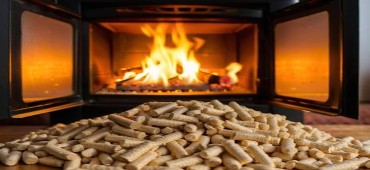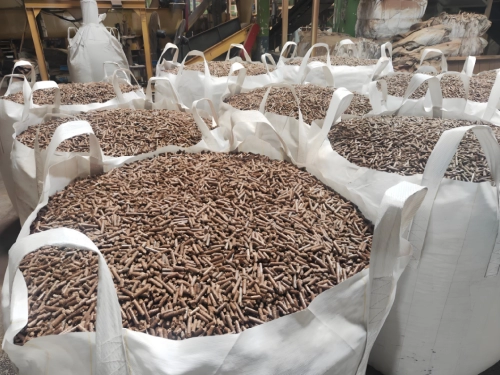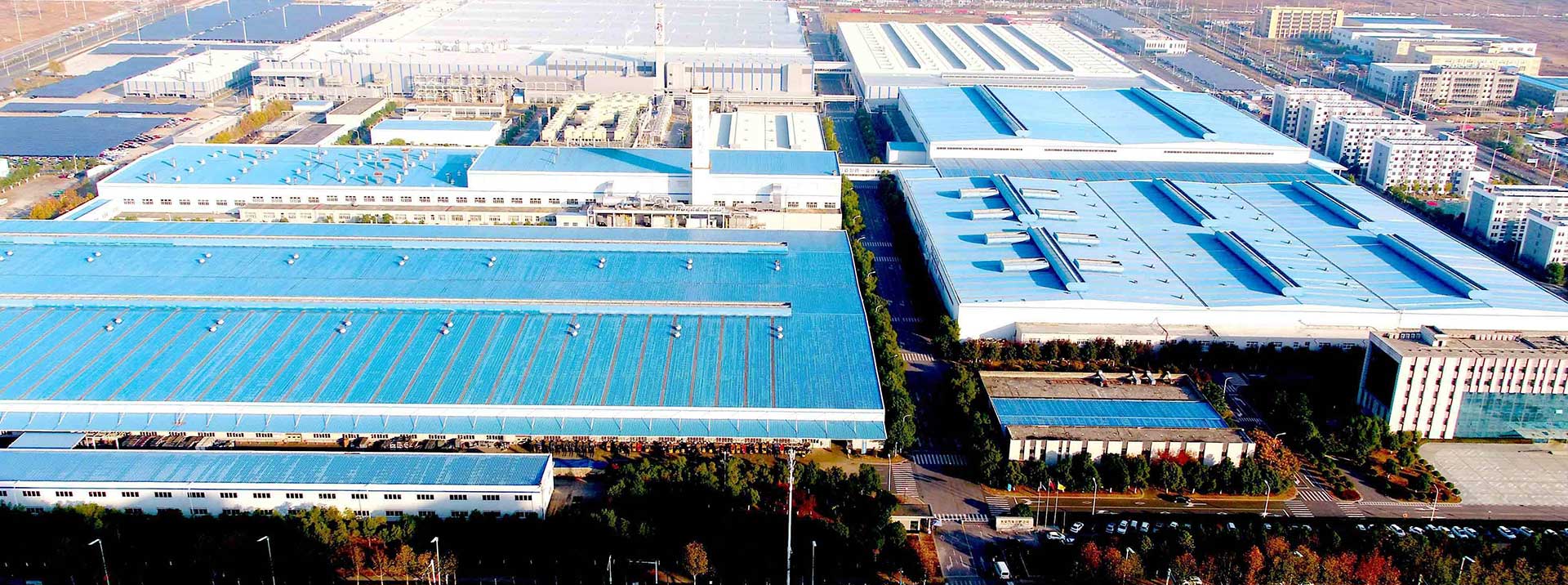Why Your Wood Pellets Turn Black: Causes and Fixes
It's frustrating to see the wood pellets coming out of your machine with dark, blackened surfaces. This isn't just a cosmetic issue; it can indicate burning or carbonization, which hurts the pellet's burning efficiency and overall quality. If you're facing this problem, the causes usually boil down to the material you're using or the machine itself. Let's explore the main reasons behind those blackened surfaces and how you can fix them.

The Root of the Problem: Raw Material Issues
Very often, the quality of the raw material is the primary culprit behind those blackened surfaces on your wood pellets. Even the best pellet machine can't compensate for poor feedstock.
One common issue is contamination. If your wood feedstock contains too much sand, soil, or even moldy material, these impurities burn during the high-heat compression process. This leaves behind dark streaks and causes uneven coloring across the batch of wood pellets.
Another critical factor is moisture content. The sweet spot for producing high-quality wood pellets is around 15% moisture. When the material is too dry, it creates excessive friction inside the pellet machine. This intense friction generates too much heat, essentially scorching the outside of the pellets and leading to a blackened surface.
Also, some wood types naturally contain more lignin or other dark-colored compounds. While these elements are part of the wood, they can become concentrated during processing, leaving dark patches on the final wood pellets.
When the Machine is to Blame: Settings and Wear
Sometimes, your raw material is perfectly fine, but the machine's settings or condition are causing the carbonization. This often relates to excessive heat and friction generated by the equipment itself.
For instance, if the operating temperature of your pellet machine is set too high, it will simply burn the outer layer of the material, creating blackened surfaces. Every type of biomass has an ideal processing temperature, and exceeding it is a direct path to carbonization.
The physical setup of the machine is equally important. If the gap between the roller and the ring mold is too small, the raw material gets over-compressed. This creates intense localized friction and heat, burning the wood pellets before they even exit the machine.
Lastly, don't overlook wear and tear. A worn-out ring mold or rollers have rough surfaces that scrape and unevenly compress the wood. This not only reduces efficiency but also creates hot spots that cause those characteristic black marks on your wood pellets.
Final Tips for Prevention
To consistently produce golden-brown wood pellets without blackened surfaces, start by ensuring your raw material is clean and has the right moisture content. Always adjust your pellet machine settings—like temperature and roller gap—to match the feedstock you're using. Regular maintenance to check for worn parts like the ring mold is also crucial to prevent unnecessary friction and carbonization. By keeping an eye on these factors, you'll solve the problem of blackened surfaces for good.
Copyright: Copyright belongs to Hengju Machinery! Reprint please indicate the source: https://www.hengjumachinery.com/industry-news/why-your-wood-pellets-turn-black-causes-and-fixes.html










